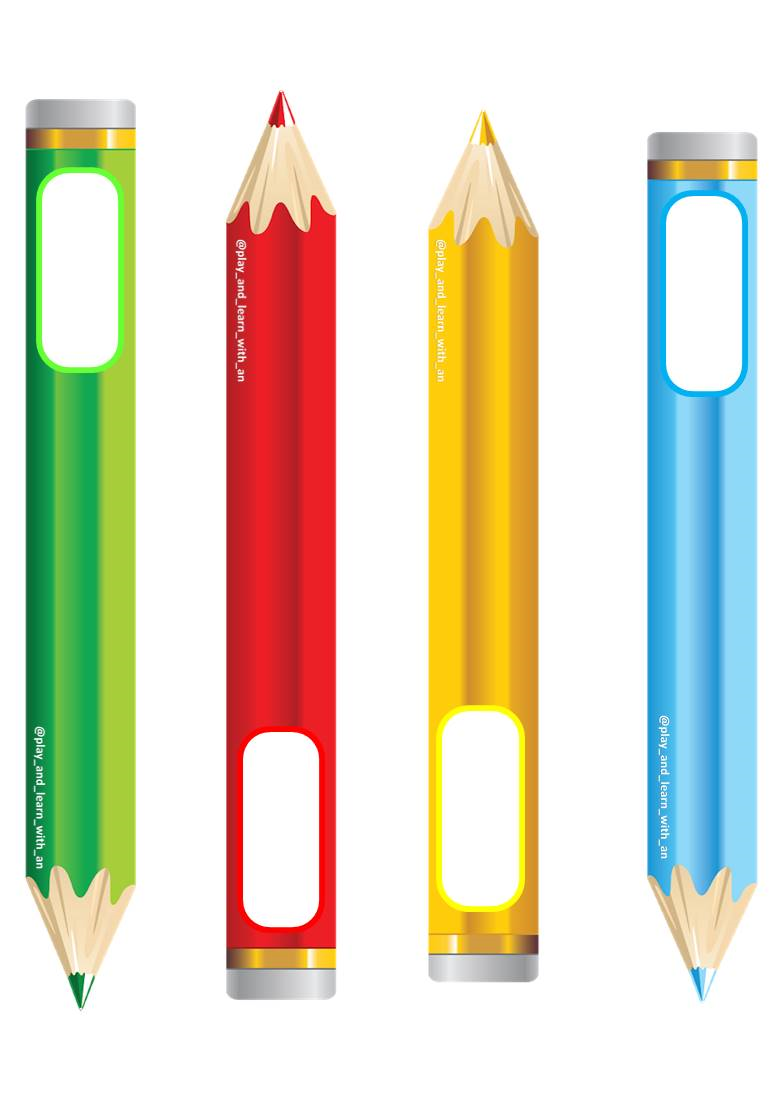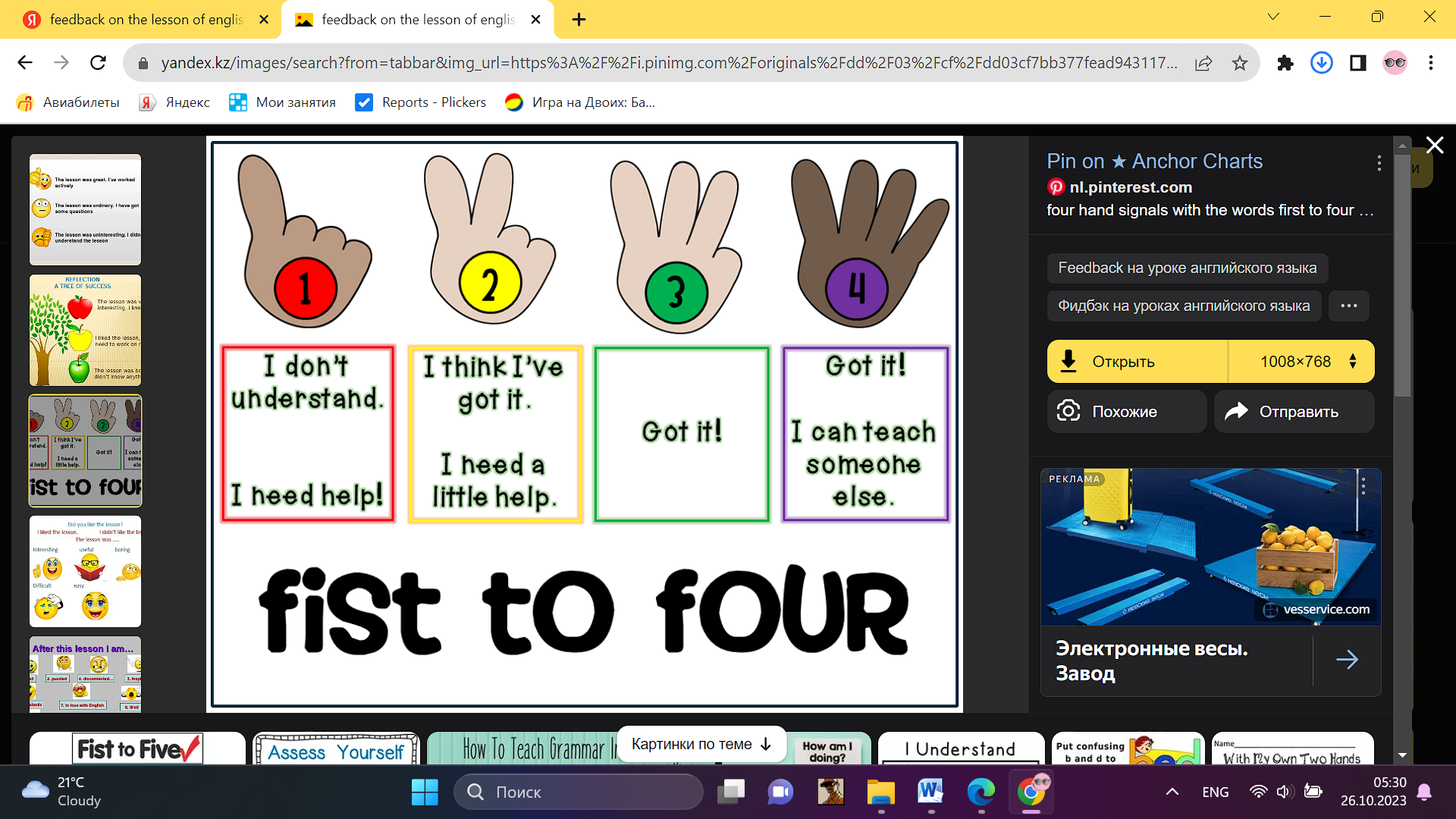
|
Unit 4 The world of work |
|||
|
Teacher name: |
Saginbaeva M.Zh |
||
|
Date: |
11.12.2024 |
||
|
Grade: 5 |
Number present: |
absent: |
|
|
Lesson title |
Outdoor, factory and service jobs |
||
|
Learning objectives |
5.2.5.1 understand most specific information and detail of short, supported talk on a wide range of familiar topics 5.3.6.1 communicate meaning clearly at sentence level during, pair, group and whole class exchanges 5.5.8.1 spell most high-frequency words accurately for a limited range of general topics |
||
|
Lesson objectives |
Learners will be able to: - read a text about jobs in Kazakhstan in the past, present and future. - answer questions about the text.- - discuss jobs in the past in your region and family |
||
|
Value links |
Humility – You might highly value humility if you find yourself disgusted by people who are arrogant or braggadocious, and instead find yourself gravitating to people who are always expressing their gratefulness for the blessings in their life. |
||
|
Plan |
|||
|
Stages / Time |
Teachers actions |
Students actions |
Assessment criteria |
Resources |
|
Beginning of the lesson Warming-up
3 min Pre-learning «Brainstorming» method 7 min. |
Organization moment : 1.Greeting. Ask about the weather. The teacher sets the lesson objectives, letting students know what to anticipate from the lesson. Warming up Where are you from? How old are you? What color is it? How many students are there in class? What day of the week today? Ask a pupil to mime an action associated with one of the places from the previous lesson. Lead – In Divide the class into two teams, A and B. Write a word from the previous lesson on the board. A pupil from each team comes to the board and writes another word using one of the letters. Each correct answer gets one point. The team with the most points is the winner. |
The aim: To develop pupils speaking skills and create friendly atmosphere Efficiency: By wishing each other they feel better and feel the support of others Students of the class are listed. Students' attention is drawn to the lesson. Learners find mime an action associated with one of the places Determines the topic and purpose of the lesson Students say different words from the picture |
The teacher to assess learners for their ability. “Good job! Well done!” Formative Assessment
Good job! Descriptor: -know key phrases - can make sentence - know vocabulary of previous lesson Total: 1 point Assessment criteria - Learners have met the learning objectives if they can: Talk about and compare means of transport |
Pictures worksheet Student’s book |
|
Middle of the lesson Presentation part. 30 min |
Ex:1 P:49 • Ask students to open their books at page 49. • Read out the first question and ask students to tell you what sort of jobs they think people did in the past. • Encourage students to think of as many jobs as they can. • Ask students how jobs were different in the past from today. • Elicit that technology is used more and more in modern jobs, making jobs quicker and easier, and in some cases, safer. • Tell students to read the text and to work in pairs to answer the questions Ex: 2 P: 49 • Write the jobs that you prepared on the board (give translations if students don't know them in English), together with some other jobs they know from Unit 4. • Write two years on the board, e.g. 1500, 1950. • Ask students to choose the jobs they think were most important in your region at the time and to put them in order of importance. • Compare the groups' results and discuss. |
• Pupils read the text ANSWERS 1 It was hard work because there weren't any machines, and it was often very cold in winter. 2 The work was difficult and dangerous, and coal mines were dirty and bad for the environment. 3 Offices and factories. 4 They do the harder, more dangerous jobs. 5 It means an economy with clean, safe energy and technology |
Descriptor: -read the text - write the jobs Total: 2 point
pupils are evaluated by collecting colour pencils -Make CCQ questions Yes / No |
Card Worksheet Students book |
|
End of the lesson 5 min |
FEEDBACK Learners provide feedback on what they have learned at the lesson. Ex: Home task: |
|
Poster Success
|
|
School –Lyceum №5
Open Lesson
Theme: " Outdoor, factory and service jobs "
Done by: Sagynbaeva M.ZH
2024-2025 year
жүктеу мүмкіндігіне ие боласыз
Бұл материал сайт қолданушысы жариялаған. Материалдың ішінде жазылған барлық ақпаратқа жауапкершілікті жариялаған қолданушы жауап береді. Ұстаз тілегі тек ақпаратты таратуға қолдау көрсетеді. Егер материал сіздің авторлық құқығыңызды бұзған болса немесе басқа да себептермен сайттан өшіру керек деп ойласаңыз осында жазыңыз
Outdoor, factory and service jobs
Outdoor, factory and service jobs
|
Unit 4 The world of work |
|||
|
Teacher name: |
Saginbaeva M.Zh |
||
|
Date: |
11.12.2024 |
||
|
Grade: 5 |
Number present: |
absent: |
|
|
Lesson title |
Outdoor, factory and service jobs |
||
|
Learning objectives |
5.2.5.1 understand most specific information and detail of short, supported talk on a wide range of familiar topics 5.3.6.1 communicate meaning clearly at sentence level during, pair, group and whole class exchanges 5.5.8.1 spell most high-frequency words accurately for a limited range of general topics |
||
|
Lesson objectives |
Learners will be able to: - read a text about jobs in Kazakhstan in the past, present and future. - answer questions about the text.- - discuss jobs in the past in your region and family |
||
|
Value links |
Humility – You might highly value humility if you find yourself disgusted by people who are arrogant or braggadocious, and instead find yourself gravitating to people who are always expressing their gratefulness for the blessings in their life. |
||
|
Plan |
|||
|
Stages / Time |
Teachers actions |
Students actions |
Assessment criteria |
Resources |
|
Beginning of the lesson Warming-up
3 min Pre-learning «Brainstorming» method 7 min. |
Organization moment : 1.Greeting. Ask about the weather. The teacher sets the lesson objectives, letting students know what to anticipate from the lesson. Warming up Where are you from? How old are you? What color is it? How many students are there in class? What day of the week today? Ask a pupil to mime an action associated with one of the places from the previous lesson. Lead – In Divide the class into two teams, A and B. Write a word from the previous lesson on the board. A pupil from each team comes to the board and writes another word using one of the letters. Each correct answer gets one point. The team with the most points is the winner. |
The aim: To develop pupils speaking skills and create friendly atmosphere Efficiency: By wishing each other they feel better and feel the support of others Students of the class are listed. Students' attention is drawn to the lesson. Learners find mime an action associated with one of the places Determines the topic and purpose of the lesson Students say different words from the picture |
The teacher to assess learners for their ability. “Good job! Well done!” Formative Assessment
Good job! Descriptor: -know key phrases - can make sentence - know vocabulary of previous lesson Total: 1 point Assessment criteria - Learners have met the learning objectives if they can: Talk about and compare means of transport |
Pictures worksheet Student’s book |
|
Middle of the lesson Presentation part. 30 min |
Ex:1 P:49 • Ask students to open their books at page 49. • Read out the first question and ask students to tell you what sort of jobs they think people did in the past. • Encourage students to think of as many jobs as they can. • Ask students how jobs were different in the past from today. • Elicit that technology is used more and more in modern jobs, making jobs quicker and easier, and in some cases, safer. • Tell students to read the text and to work in pairs to answer the questions Ex: 2 P: 49 • Write the jobs that you prepared on the board (give translations if students don't know them in English), together with some other jobs they know from Unit 4. • Write two years on the board, e.g. 1500, 1950. • Ask students to choose the jobs they think were most important in your region at the time and to put them in order of importance. • Compare the groups' results and discuss. |
• Pupils read the text ANSWERS 1 It was hard work because there weren't any machines, and it was often very cold in winter. 2 The work was difficult and dangerous, and coal mines were dirty and bad for the environment. 3 Offices and factories. 4 They do the harder, more dangerous jobs. 5 It means an economy with clean, safe energy and technology |
Descriptor: -read the text - write the jobs Total: 2 point
pupils are evaluated by collecting colour pencils -Make CCQ questions Yes / No |
Card Worksheet Students book |
|
End of the lesson 5 min |
FEEDBACK Learners provide feedback on what they have learned at the lesson. Ex: Home task: |
|
Poster Success
|
|
School –Lyceum №5
Open Lesson
Theme: " Outdoor, factory and service jobs "
Done by: Sagynbaeva M.ZH
2024-2025 year

шағым қалдыра аласыз






















